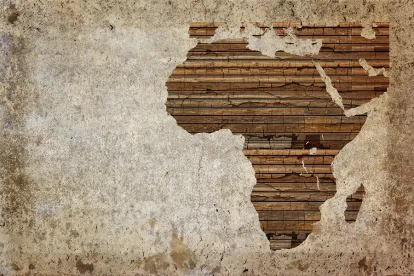The theme of this year’s African Development Bank (AfDB) meetings, which ran from May 23rd to the 27th, was timely and necessary: “Energy and Climate Change.” In the first day of the meetings, AfDB President Akinwumi Adesina announced the AfDB Group agenda for the continent’s economic transformation, which includes The New Deal on Energy for Africa 2016-2025, the Strategy for Jobs for Youth in Africa 2016-2025, and plan for Africa’s Agricultural Transformation.
Growing Need. Many see the New Deal on Energy as a highlight of the meetings. The New Deal was first announced in January, along with a Transformative Partnership for Energy in Africa (TPEA), at the World Economic Forum. Adesina, in discussing the plan, has pointed out that over 645 million Africans lack access to electricity, while over 700 million do not have access to clean energy for cooking. Unfortunately, this has become the “norm” on the continent. The lack of stable energy is handicapping the growth on the continent by raising operating costs and inhibiting productivity. For example, Nigeria, the continent’s largest economy, is reportedly only producing enough electricity to power some areas of the country for around 5 hours a day. Africa’s second largest economy, South Africa, has experienced increased costs, with electricity prices quadrupling in the last 10 years; furthermore, power shortages plagued the country throughout 2015.
Goals. The specific delineated goals of the New Deal are to:
-
increase on-grid generation to add 160 GW of new capacity by 2025
-
increase on-grid transmission and grid connections that will create 130 million new connections by 2025, 160 per cent more than today
-
increase off-grid generation to add 75 million connections by 2025, 20 times what we have today
-
increase access to clean cooking energy for around 130 million households.
Opportunity. The AfDB Group plan relies on domestic and international financing. According to the New Deal, “to achieve universal access by 2025, innovative mechanisms are required to mobilize an additional USD 40-70 billion annually in domestic and international capital.” This would represent a more than 100% increase in the current investment levels. Adesina hopes to coordinate this increased investment through the recently launched TPEA. This type of expansion represents a significant opportunity to firms, ranging from financiers to construction. The added security of the extensive AfDB partnership network may make these opportunities particularly attractive.
Support. Although the plan was initially announced several months ago, it is the annual AfDB meetings that seem to have propelled the plan forward. Rwandan President Paul Kagame and Kenyan President Uhuru Kenyatta both endorsed the New Deal during the meetings. Other leaders to endorse the plan include, Olusegun Obasanjo, former President, Federal Republic of Nigeria; Horst Koehler, former President of Germany; Nick Hurd, Parliamentary Undersecretary of State for International Development, United Kingdom; Carlos Lopes, the United Nations Under Secretary General and Executive Secretary of the UN Economic Commission for Africa; as well as Jay Ireland, the President and Chief Executive Officer of General Electric Africa. This growing support from both public and private leaders and institutions is the only way that Adesina’s ambitious plan can succeed. Governments on the continent and investors alike must fall in line with the call to double energy investment on the continent, or else the AfDB will find that the US$12 billion it has dedicated to energy investment will fall short of creating long-lasting change. When the plan was first announced, it was unclear how much change it would actually bring to the continent; however, with the growing list of endorsements from leaders on the continent, it seems that the New Deal may be what was needed to energize the continent into action.




 />i
/>i
